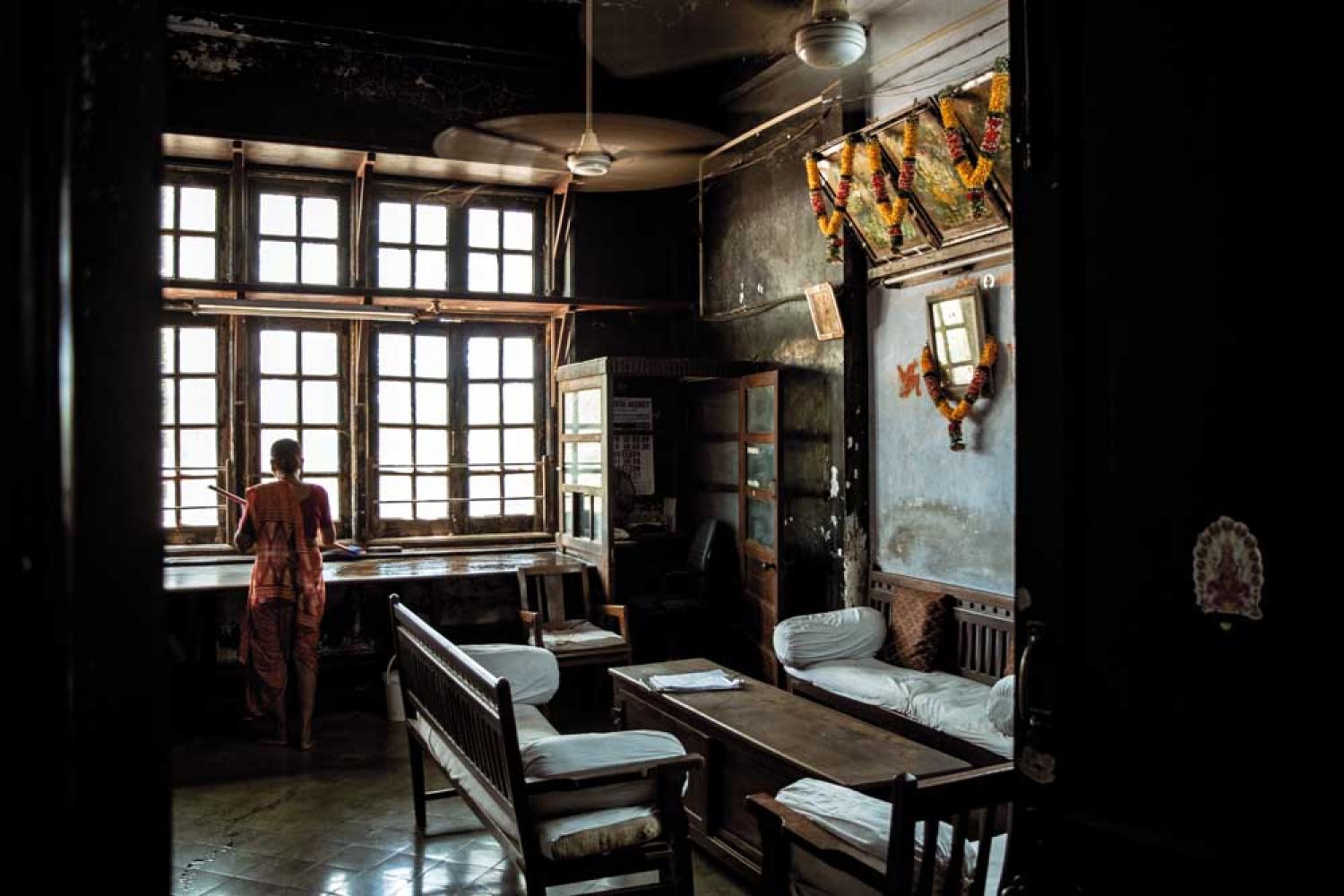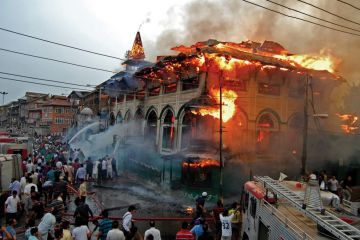
In 1555 Garcia da
Orta, a Portuguese physician, was gifted the island of Bombay by the King of
Portugal on a lifelong lease. The transfer carried one obligation, that the physician
improved the condition of the fishing island. So da Orta set about building a
manor on the eastern shore. Resting on the harbour, the Casa da Orta catalysed
the development of a warehouse, a friary, a fort and a ship-building yard.
Outside its walls a modern Bombay began taking shape. The Casa da Orta
underwent





